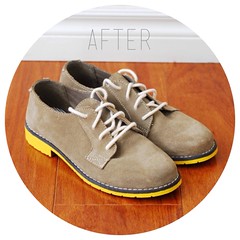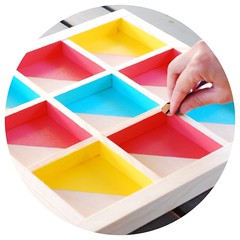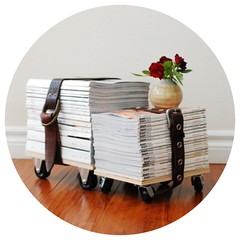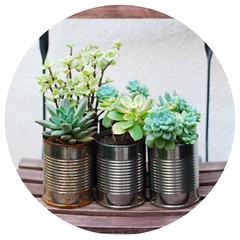A few years ago I found two very beautiful pinecones around my neighborhood. I took them home and placed them on my bookcase not knowing that it would spark a love for collecting pinecone from the different places that I have visited within the U.S. I have taken home a foot long pinecone from a campsite at Idyllwild and some tiny pinecones from my trip to Oregon. After collecting a basket full, I started thinking of ways to dress them up. One day I had some paint laying around and decided to add a pop of color to a pinecone by painting just the tips of the pinecone. And the rest was history!
Materials:
1. Take your toothbrush and clean off any dirt or bugs (recommend doing this step outdoor).
- A pinecone
- Acrylic paint in three or four different shade of the same color
- Angled paint brush
- An old toothbrush
Construction:
- Acrylic paint in three or four different shade of the same color
- Angled paint brush
- An old toothbrush
Construction:
2. Take your paint brush and apply the first shade on to 1/4 of the pinecone (recommend starting with the darkest shade at the bottom of the pinecone and working your way up).
3. Continue painting the next shade to the next 1/4 of the pinecone.
4. Repeat step 3 with the rest of the shades until you reach the top.


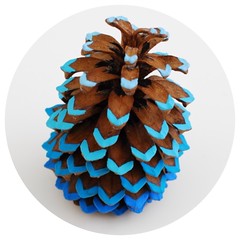
Depending on the size of the pinecone you can either use three shades for a small to medium size pinecone or four different shades for a large size pinecone. This will allow you to clearly see the ombre effect. The simplicity of adding just a bit of color to the tip of the pinecone can really transform it into something that is both vibrant and decorative. I love how the pinecones can add a pop of color to any festive occasions or an otherwise boring room. I have them displayed around my fireplace but next month I plan on using them in my nephew's Cowboy and Indian Theme birthday party. How do you plan on using them to brighten up your home or everyday life?







